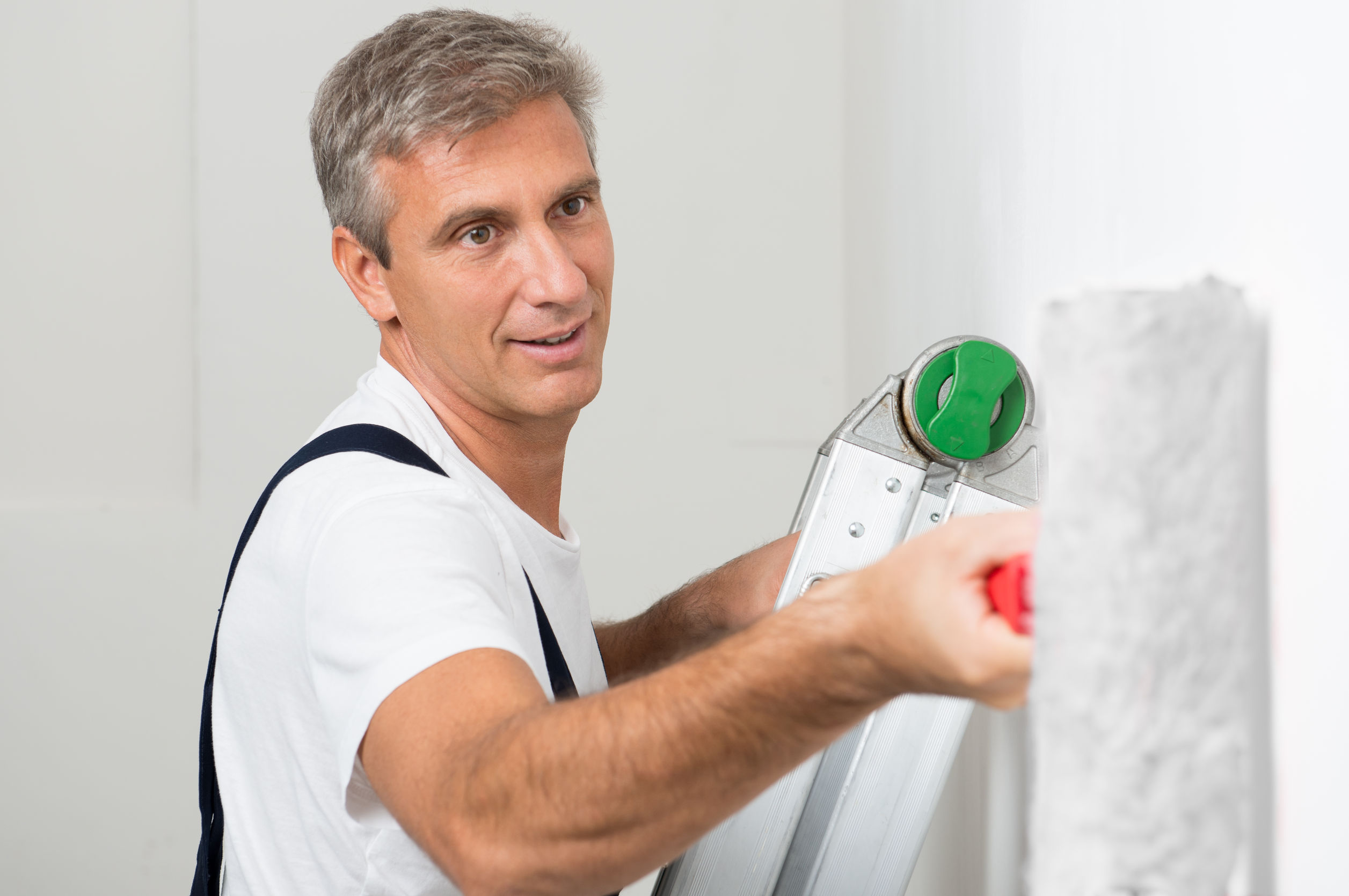There are many problems with a leaky roof; the one that is most aggravating is that it only happens when it rains, a most inconvenient time to be out on the roof looking for the source. Of course, the damage can be considerable, not only can the water damage the furniture, floors and ceiling; it can quickly lead to long term issues such as mold and mildew.
When undertaking roof repair in Los Angeles, it can be tricky, usually the source of the leak outside is never anywhere near the leak inside. This can be really frustrating but finding the source can be done with a little patience, a little luck and lots of trial and error. The best time to identify the source is during a heavy rain, you need to track the water back to the source and not rely on the wet spots on the ceiling. If you can’t do this when it’s raining, then you have to make your own rain; get the hose out.
Remember something before you start blaming the roof, it could very well be a plumbing problem or a problem with the gutters. Check the other more logical possibilities first, if plumbing or backed up gutters are at fault, they are usually easier to identify and repair. If you are 100 percent convinced that it is a leaky roof, then there is a way to track the source down.
The first thing you have to do is work your way up from where the leak appears in the living space. Take a measurement from the wet spot to two reference points that can be found in the attic, these are usually the walls as they extend through the ceiling and into the attic space. Using these measurements, go into the attic and locate the wet spot. Now, either the leak is directly above this spot or it’s going to be higher up the roof, water runs downhill, right? If the leak is not apparent, then a little more research must be made.
Contractors who perform roof repair in Los Angeles will tell you that the number one place for leaks to begin is around the flashing of the vent pipes from the bathrooms and the chimney. Have a good look around anything that penetrates through the roof and see if you can see any evidence of a leak.
If you can’t see any evidence yet of where the leak may be located, take another set of measurements, this time from a vent to the spot where the leak is evidenced inside the living space. This time, you have to go onto the roof, use your measurements to locate the wet spot and then work your way up and away from the location. Look for shingles that are damaged or blistered, it does not take much for a shingle to lift in a wind and although it may appear to have settled again, water can easily get under it and enter the home.


